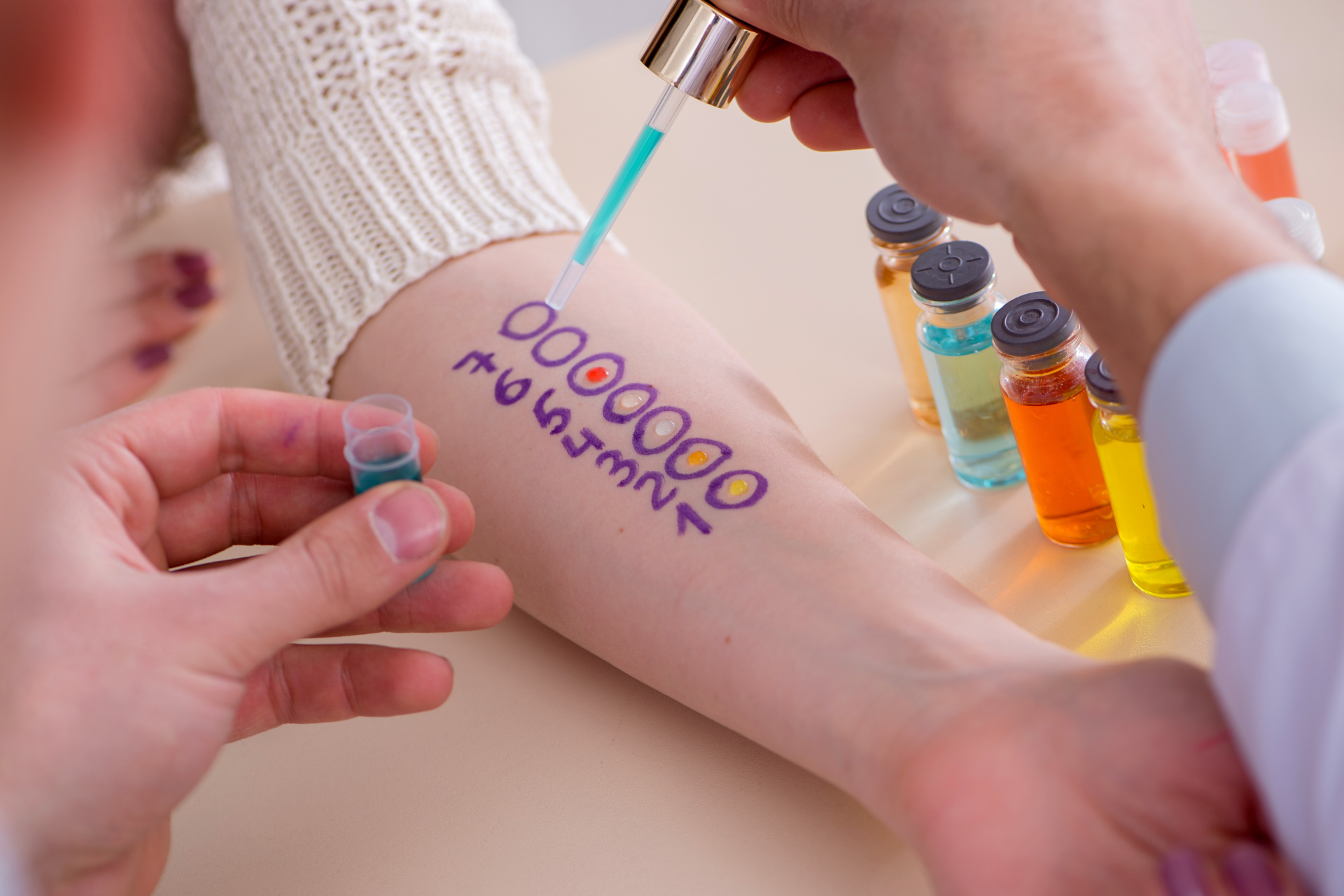Allergy Testing: What to Expect and How It Can Help

Are you constantly sneezing, itching, or experiencing unexplained rashes? It could be due to allergies. Allergies are a common condition affecting millions of people, and they can significantly impact your quality of life. If you suspect that you have allergies, allergy testing is a crucial step in identifying specific triggers and developing a management plan. In this blog post, we will explore what to expect during allergy testing and how it can help you find relief from your symptoms.
At Fall Creek Skin and Health Clinic, we understand the importance of accurate diagnosis and personalized treatment when it comes to allergies. Our comprehensive allergy testing services aim to identify the specific allergens that are causing your symptoms, allowing us to create a customized treatment plan tailored to your needs.
What is Allergy Testing?
Allergy testing is a process used to determine which substances, known as allergens, trigger allergic reactions in your body. There are different methods of allergy testing, including skin tests and blood tests. During a skin test, small amounts of specific allergens are placed on your skin, usually on your back or arm, and the area is pricked or scratched to see if a reaction occurs. Skin tests are typically painless and provide immediate results.
Blood tests, on the other hand, measure the levels of antibodies that your body produces in response to specific allergens. While blood tests are less invasive than skin tests, they may take a few days to yield results.
What to Expect During Allergy Testing at Fall Creek Skin and Health Clinic
When you visit Fall Creek Skin and Health Clinic for allergy testing, our experienced healthcare professionals will guide you through the process with care and compassion. Here is what you can expect during your allergy testing appointment:
1. Consultation
Your healthcare provider will start by conducting a thorough evaluation of your medical history and symptoms to better understand your allergy concerns.
2. Testing
Based on your medical history and symptoms, your healthcare provider will recommend the most appropriate allergy testing method for you. Whether it's a skin test or a blood test, our team will ensure that you are comfortable throughout the procedure.
3. Results
Once the testing is completed, your healthcare provider will interpret the results and discuss them with you in detail. If specific allergens are identified, they will work with you to develop a treatment plan that may include allergen avoidance strategies, medications, or immunotherapy.
How Allergy Testing Can Help You
Allergy testing plays a crucial role in managing allergies effectively. By identifying your specific triggers, allergy testing can help you:
- Understand your allergies
Knowing exactly what you are allergic to can empower you to make informed decisions about your lifestyle and environment.
- Develop a personalized treatment plan
With the help of your healthcare provider, you can create a customized treatment plan that targets your specific allergens and provides relief from your symptoms.
- Improve your quality of life
By managing your allergies more effectively, you can enjoy a better quality of life with reduced symptoms and improved overall well-being.
If you are experiencing persistent allergy symptoms, don't wait to seek help. Contact Fall Creek Skin and Health Clinic today to schedule an allergy testing appointment and take the first step towards finding relief from your allergies.
In conclusion, allergy testing is a valuable tool in identifying allergens that trigger your symptoms and developing a personalized treatment plan. At Fall Creek Skin and Health Clinic, we are committed to helping you understand your allergies and manage them effectively. Don't let allergies control your life – take charge of your health and well-being with allergy testing!




